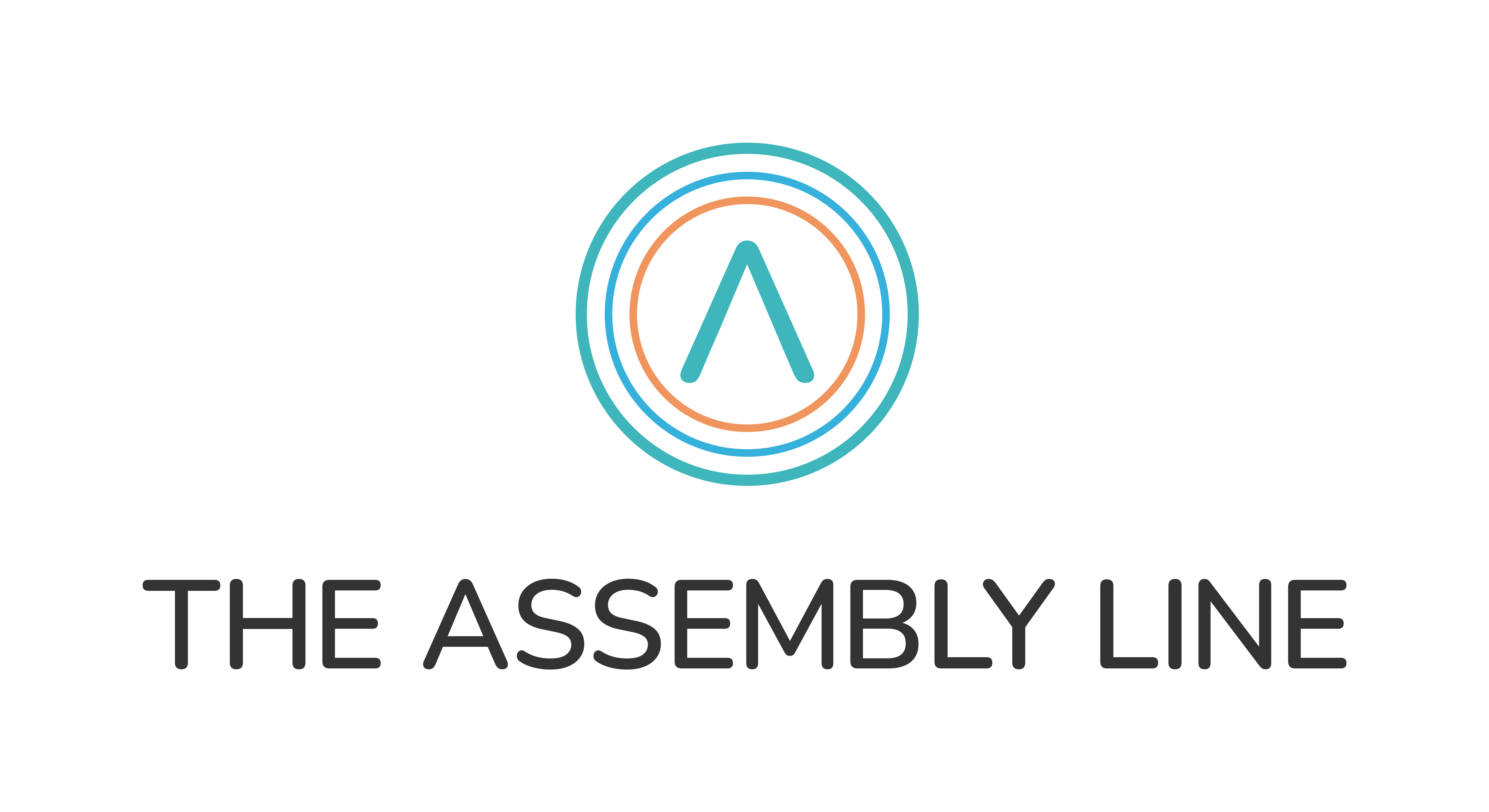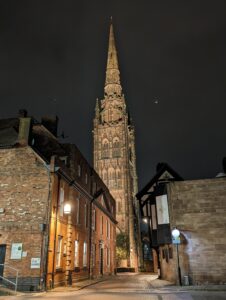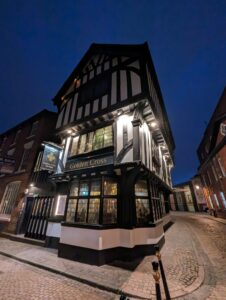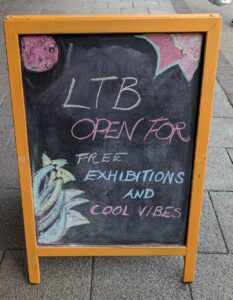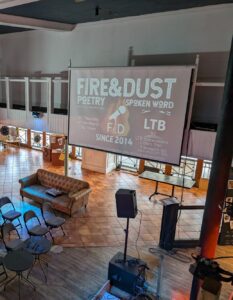
18 Mar Conference report: ReStitch 2024
Earlier this month we headed to Coventry to attend the ReStitch Conference. Having launched in 2022 when the conference took place in London and Halifax, this year it was hosted in one location only, being Coventry.
This year’s conference was billed as collaborative effort (in an election year…) with both political parties being involved via Onward and Labour Together and cohost Create Streets.
In the introduction to Coventry we heard how for the last 15 years the focus has been on changing the perception of the city to attract inward investment, to encourage students to stay and work there and having been home to the car (and bicycle) the city has had a big job (which continues) in reducing the dominance of vehicles with the challenge of a ring road to work around.
I last visited Coventry in 2021 with Covid casting a shadow over their City of Culture year. Only a few years later, there have been big changes and the conference programme ensured that delegates got to see (via bike, on foot or from the cathedral tower) and hear about the city’s past and its future. A highlight of the conference was a chance to see inside the recently restored historic buildings with Drapers’ Hall and St Mary’s Guildhall as host venues alongside one of the oldest pubs and the restored 1950’s Telegraph Hotel.
The most striking example of the changes is in the walk from the train station into town which used to route through multiple subways. With pedestrians now at street level and the walk softened with greenery and planting, it reconnects the station with the town making the walk feel much shorter while creating a new hub for leisure businesses around the station. We also saw a glimpse of water in the city centre, part of the river that long term the council has hopes of opening up again.
I last visited Coventry in 2021 with Covid casting a shadow over their City of Culture year. Only a few years later, there have been big changes and the conference programme ensured that delegates got to see (via bike, on foot or from the cathedral tower) and hear about the city’s past and its future. A highlight of the conference was a chance to see inside the recently restored historic buildings with Drapers’ Hall and St Mary’s Guildhall as host venues alongside one of the oldest pubs and the restored 1950’s Telegraph Hotel.
Highlights included hearing about:
- Coventry Building Society as to how they are created a network of community spaces (as part of Covid recovery) in their branches which now also includes taking members to Coventry City FC where they are a sponsor
- Multiple examples of creating community buildings and securing funding (and volunteers)
- The distrust in the planning system when places haven’t published a Local Plan to provide context
- 23 historic buildings transferred to Historic Coventry Trust and later becoming community owned assets
- How there is a need to understand more about how people use places; there’s been too much of ‘taking a punt’ and hoping it will work out
- There being no problem buildings, only problem owners!
- Data being key, but not in isolation – with a good example from Grosvenor that Coventry has a similar percentage of children eligible for free school meals as Mayfair – and it needs to be combined with engagement to build an accurate picture of a place
- Active Travel not having a product problem, but a marketing one!
The conference concluded with a conversation with Carlos Moreno, architect of the 15 minute city in the reverse order of usual conferences adding the headline speaker at the end (it worked, most delegates stayed until the end).
An off agenda highlight was dropping into the former Litten Tree pub, now the LTB Showrooms, on the walk in from the station. Rupert, one of the people involved and an artist, gave me a tour and talked about the role of the space in the city and I’d liked to have seen more of these types of grassroots venues given the context of the conference.
The building was originally built in 1910 as showrooms for the Rover Car Factory and more recently had been a pub. The space is now a community arts centre run by volunteers and offers space for exhibitions, performance and maker space with a busy event programme. (More on their Facebook Group)
It is under threat from the City Centre South redevelopment (recently approved) but they hope that they can continue their work in another space when the building is demolished.
Incredibly ReStitch was free to attend. The next one is planned for 2026 and the organisers are keen to hear from places who could host – outside London. Whether 2026 introduces delegate fees or not it’s definitely an event to consider attending due to wide range of views in the room and case studies from across the country.
More on the ReStitch website
